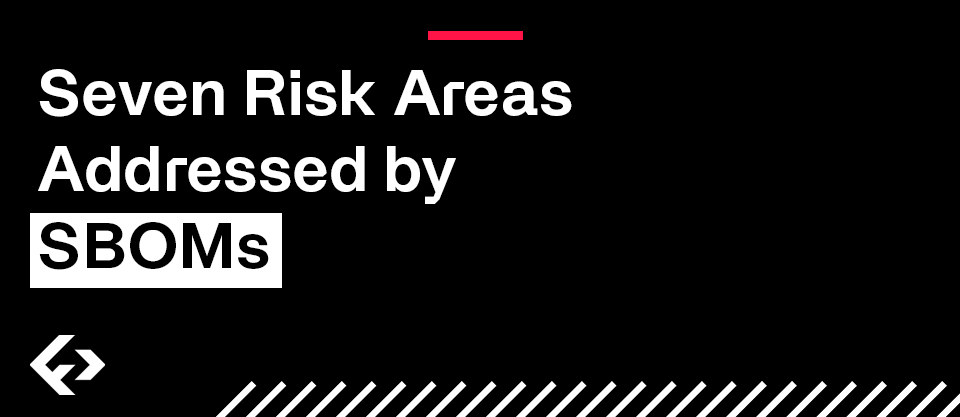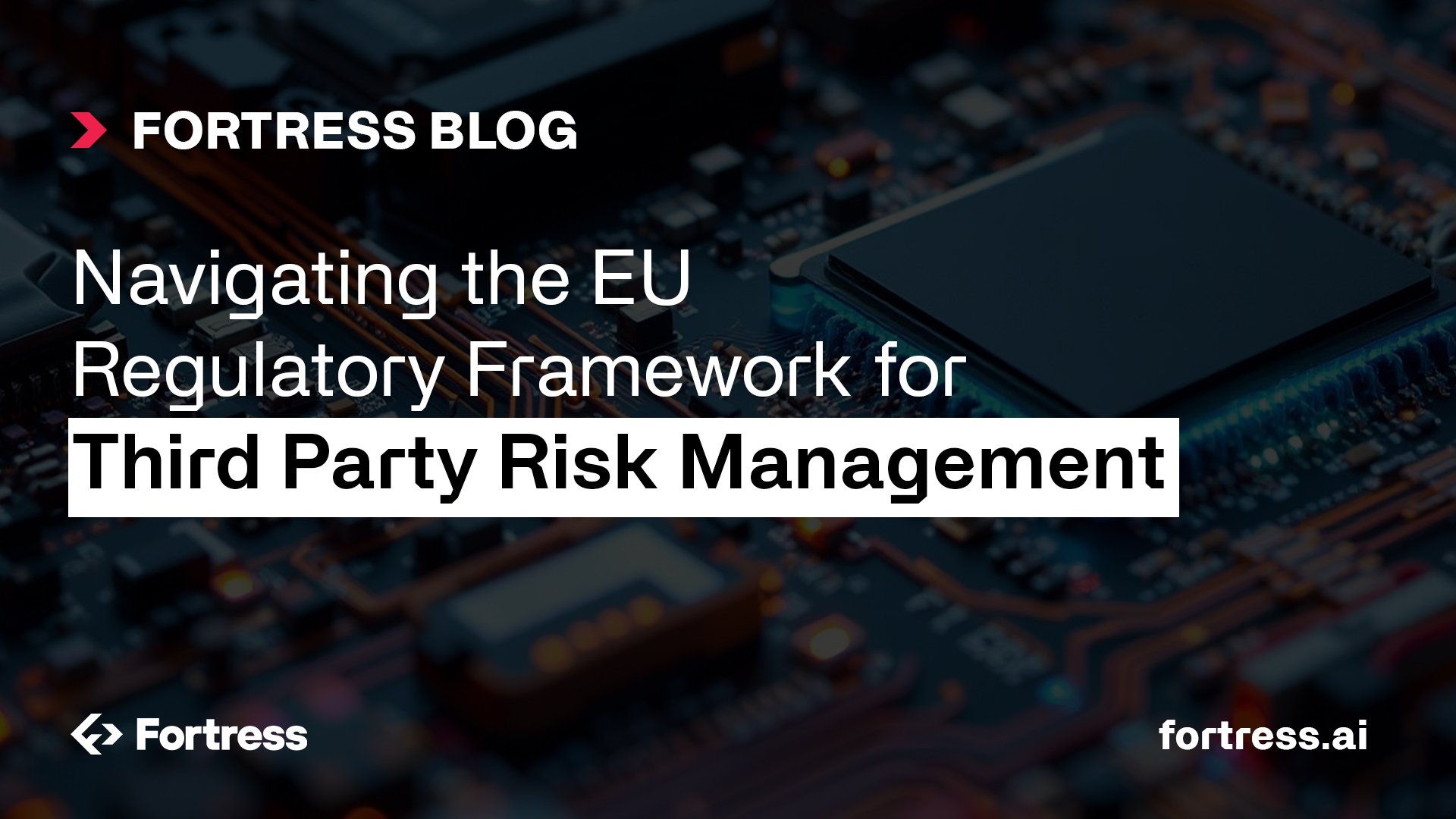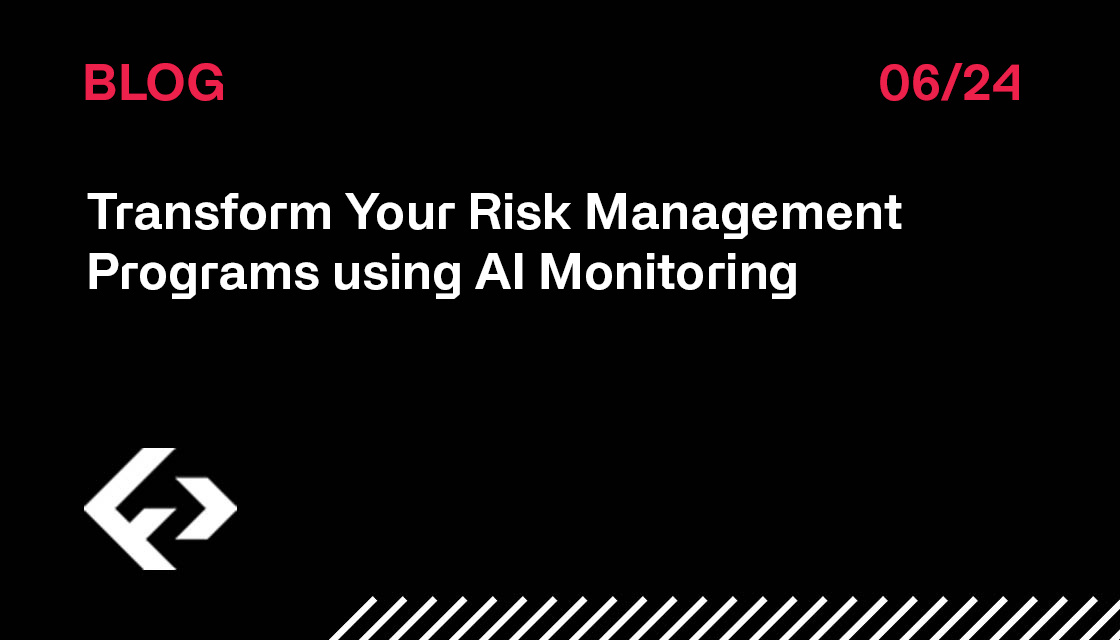In today’s interconnected business environment, third-party relationships are essential—but they also introduce complex risks. From cybersecurity threats to operational disruptions, third parties can expose organizations to serious compliance, reputational, and financial consequences. In the European Union (EU), regulatory bodies have responded with a tightening framework designed to improve transparency, resilience, and accountability. Understanding these regulations is critical for businesses operating in or with the EU.
Key EU Regulations Affecting Third-Party Risk Management
The EU’s regulatory landscape has evolved rapidly over the past decade, with a growing emphasis on managing risks arising from third-party relationships. Here are the most impactful frameworks:
1. Digital Operational Resilience Act (DORA)
Who it applies to: Financial entities, including banks, insurance firms, investment firms, and information, communication, and technology (ICT) third-party service providers.
Why it matters:
DORA, which entered into application in January 2025, is a cornerstone of operational risk regulation in the EU. It mandates that financial institutions manage ICT-related risks, including those stemming from third parties, through robust risk management, incident reporting, and contractual obligations.
Key Requirements:
- Rigorous third-party risk assessments
- Contractual clauses on data access, audits, and performance standards
- Concentration risk analysis
- Sub-outsourcing visibility and controls
2. General Data Protection Regulation (GDPR)
Who it applies to: Any organization processing personal data of EU residents.
Why it matters:
While GDPR is primarily a data privacy law, it has direct implications for third-party management. Controllers must ensure processors (third parties) are compliant, with clear contractual arrangements and data protection safeguards.
Key Requirements:
- Data processing agreements with third parties
- Due diligence on processors
- Right to audit and monitor processor compliance
- Breach notification protocols
3. NIS2 Directive (Directive on Security of Network and Information Systems)
Who it applies to: A broader range of essential and important entities, including energy, transport, health, digital infrastructure, and more.
Why it matters:
NIS2, replacing the original NIS Directive, increases cybersecurity obligations and introduces stricter oversight of third-party and supply chain risks.
Key Requirements:
- Supply chain risk management integrated into cybersecurity frameworks
- Mandatory risk assessments and incident reporting
- Governance and accountability for ICT risks, including vendors
4. Corporate Sustainability Due Diligence Directive (CSDDD) (Pending Final Approval)
Who it applies to: Large EU companies and non-EU companies with significant EU turnover.
Why it matters:
This directive (still in legislative progress) will require companies to identify and mitigate adverse human rights and environmental impacts across their value chains, including third parties and suppliers.
Key Requirements:
- Due diligence processes for third-party impacts
- Risk mitigation and termination of harmful relationships
- Reporting obligations and stakeholder engagement
5. EBA Guidelines on Outsourcing Arrangements
Who it applies to: EU banks, investment firms, and payment institutions.
Why it matters:
These guidelines underscore the importance of governance, oversight, and risk management in outsourcing relationships. They complement DORA by emphasizing the role of internal control functions and board accountability.
Key Requirements:
- Pre-outsourcing risk assessments
- Detailed contractual and exit provisions
- Business continuity planning
- Centralized register of outsourcing arrangements
Practical Implications for TPRM Programs
To comply with these evolving requirements, organizations must mature their TPRM functions. Key actions include:
- Centralizing vendor risk management across legal, procurement, IT, and compliance
- Enhancing due diligence processes with standard risk assessment criteria
- Implementing continuous monitoring for critical third parties
- Maintaining audit trails and documentation to demonstrate compliance
- Embedding risk culture and training across departments
Conclusion
The EU is setting a global benchmark in regulatory oversight of third-party risk. Whether you're a financial institution preparing for DORA or a global company facing GDPR and NIS2 compliance, the message is clear: third-party risk is enterprise risk. Organizations that take a proactive, integrated approach to TPRM will not only stay compliant but also build greater resilience and trust.












